War and 10 inspirational stories live
To begin with, quote a famous war song "What is it good for? - Absolutely nothing!" (Is there anything good about war? - Absolutely nothing!) - War, Edwin Starr. And ourselves, most of us will agree with that. War brings pain and destruction, bringing the worst to mankind.
However, in the scene of storms and storms and storms, many meaningful stories appeared not only to encourage the fighting spirit for soldiers on the battlefield but also inspire life for the rear. Those are the most inspirational stories ever, the self-sacrifice, the courage or the little-known stories. They are also valuable lessons that remind us that life is not as hopeless as we often think.
1. Japan has protected thousands of Jews
Japan has a special interest in Jewish interests. The anti-Jewish speeches they hear in Europe have made Japanese people have the impression that Jews possess the secret to dominating politics and the economy. In the hope of exploiting this expertise so that they can also control the world, Japanese people facilitate Jews to flee shelters in Shanghai and other territories they control.
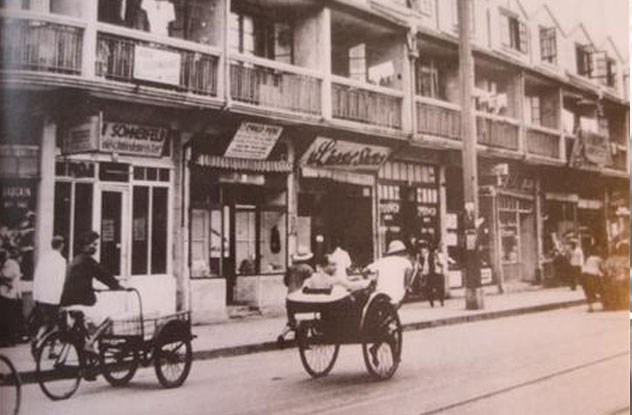
Thousands of Jews fled Europe in Japanese-protected areas despite Nazi protests. Although Germany finally persuaded Japan to set up a Jewish quarters in Shanghai, there was no hunger or persecution there, contrary to the European ghettos. Most Jews living in areas that Japan controls have a more peaceful life.
2. Judy - "Prisoner" is the only animal in World War II
A British purebred hound and royal navy mascot - Judy has saved a lot of life during his time at a prison. At Medan camp in North Sumatra, Judy hunted to gain more food for the prisoners and often prevented the guards from beating them.
Also at this camp, Judy was fortunate to meet her soulmate, pilot Frank Williams. In order to prevent the guards from killing Judy, Williams and one of his dogs showed how to own Judy as a prisoner of war after bribing the camp commanders by drinking enough alcohol. they.
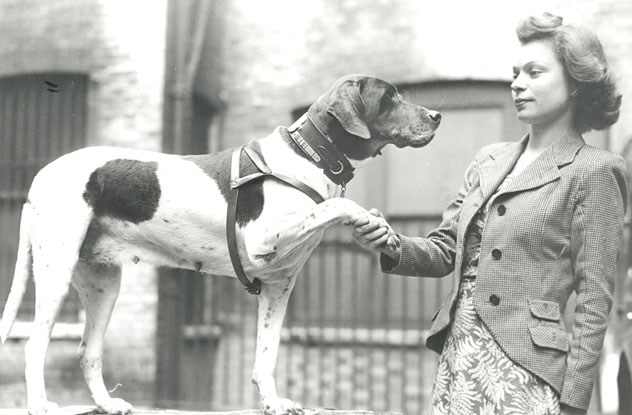
This "intimidating couple" was briefly separated in June 1944, after a ship carrying them to a camp in Singapore was torpedoed. Judy helped prisoners survive by bringing them swimming towards the floating debris. Williams was initially depressed when he thought Judy was gone, but Williams met Judy again in an emotional reunion three days later in a prison camp.
After the war, Judy received the national hero's medal and lived the rest of her life beside Williams.
3. The "angels" in Kaufering concentration camp
We know concentration camps as places associated with a lot of death and pain that are almost impossible to find good there. Despite facing countless disadvantages, seven children born in a concentration camp have overcome hardship in a healthy and peaceful way.
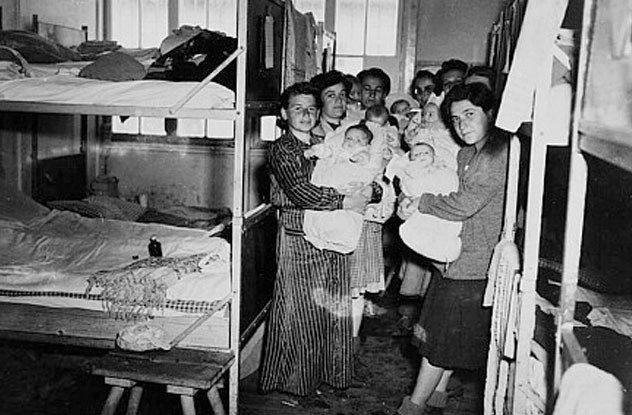
Their mothers are Hungarian-born Jewish women detained in an auxiliary camp in Kaufering. They repressed the pain to hide their pregnancy before Nazi supervision to avoid being killed or transferred to more notorious camps at Dachau.
The babies were carefully hidden and taken care of by other prisoners when their mothers were sent to work. A Jewish woman who was a Nazi camp supervisor was even brutally beaten after she brought a stove to the mothers' dormitory to help them survive the winter. For the American soldiers after they liberated the concentration camp - it was a picture of the power of life and a spiritual motherhood that transcended the images of dead or emaciated prisoners.
4. German army captain offered to award the prize to his enemy
German naval captain Helmuth Haye seriously recommended the Victoria Cross award (equivalent to the Medal of Honor) to his British counterpart, Captain Gerard Roope.
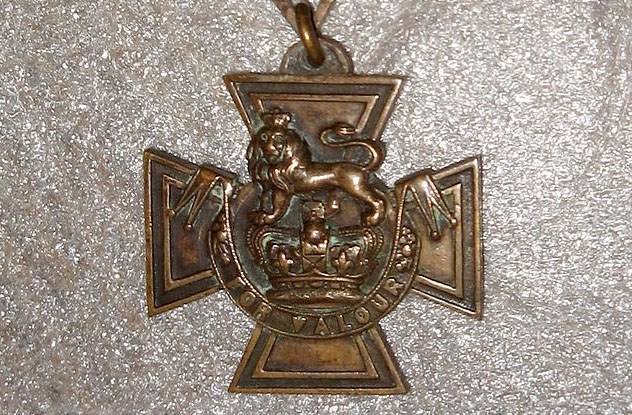
During the opening phase of the Norwegian campaign in April 1940, German captain Haye and his 10,000-ton class Admiral Hipper accidentally discovered a British Glowworm destroyer. fighting with two German destroyers. Within a few minutes, the bombardment cruiser rushed to the British destroyer and caught it on fire. Noticing that he was on the road, Captain Roope of the Glowworm had diverted and crashed into Admiral Hipper.
As a result, the destroyer was sunk and Hipper lost more than 100 of the 140 crew, including Roope. Germany praised the British for "a brave war" . Helmuth then sent a letter to the British through the Red Cross, introducing the Victoria Cross award to Roop. Britain agreed and gave Roope the prize after his death when peace was restored.
5. Japanese pilots are honored by the city he bombed
The only person who successfully bombed the United States during World War II, Japanese pilot Nobuo Fujita believed that people in Brookings in Oregon would be hated. He released many tons of bombs to burn their forest in two separate missions to wage war with the US in 1942.
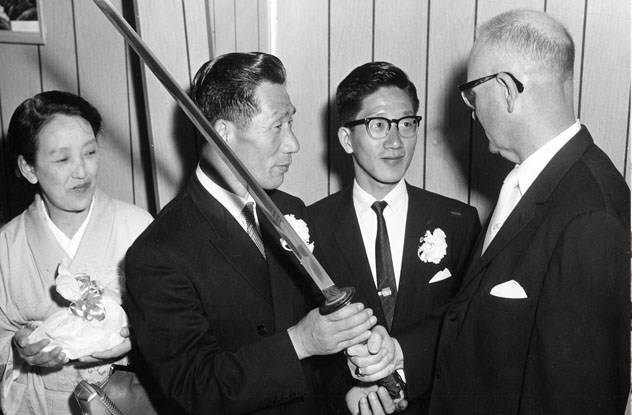
When the city invited him to visit 20 years later, Fujita brought his family's 400-year-old sword so he could kill himself if the people wanted it. However, Fujita never had suicidal surgery (like the Japanese martial arts spirit) - they showed goodwill towards him when he landed at the airport. Deeply impressed by the hospitality of the people here, Fujita showed the sword as a symbol of reconciliation.
Fujita has become a lifelong supporter of US-Japan friendship, buying books for local libraries and paying for a trip to her homeland. The city expressed its affection for Fujita again in 1997, when they allowed him to become an honorary citizen shortly after he died.
6. Flocks of penguins are safe on landmine-filled land
Not all victims of war are human. Whether it was a frontal military attack or merely a western jackpot, animals were among the victims of the war. If any creature has been a victim of war, it is penguins living in the Falkland Islands.
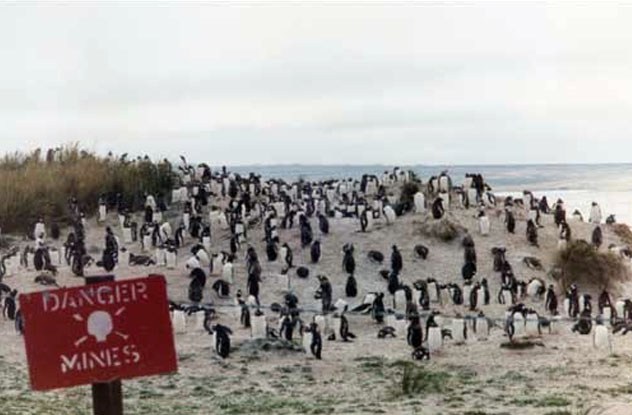
During the Falklands war, the Argentines laid a lot of mines in the islands to counter an invasion by the British army. After the war, penguins appeared very much in minefields and it was surprising that minefields played an important role in increasing the density of penguins at this unorthodox residence. At the same time, barriers to minefields allow other wildlife species to be recovered from human impacts such as settling or overgrazing in livestock.
Although the Argentine government has proposed to remove its beaches, the officials and the people of the islands all protested, believing that "It is better not to joke around with the minefield".
7. Excellent Japanese pilots attacked a civilian aircraft
With the tactic of silent attack at Pearl Harbor, this was not easy for Japanese pilots. However, the outstanding pilot Saburo Sakai proved the opposite when he decided to fire a civilian plane in one of his appearances in 1942 on Java.
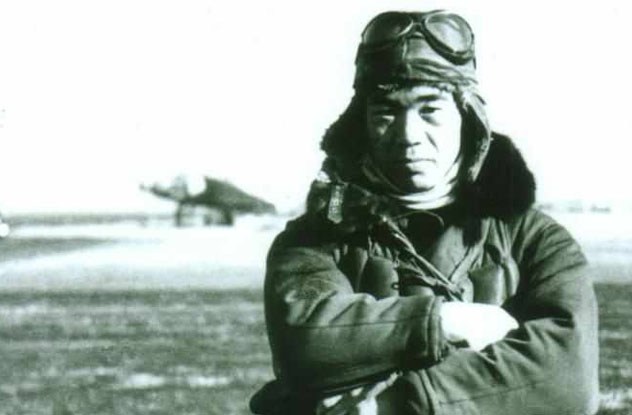
With 64 teammates dead, Sakai could easily blow the plane in the sky (in fact that was his original intention). However, when he approached to take a closer look, he saw planes with women and children. He discovered a woman like one of her teachers in high school, an American and her name was Martin.
Instead of shooting the plane, he motioned for the pilot to fly forward and then lie to his commander that the target had escaped. When the war ended, Sakai searched, met passengers on a civilian flight that he had exempted from death and made friends with American pilots he had fought.
8. Refund personal belongings for the fiancée of the enemy
Unlike many of his teammates, Erwin Rommel - one of the greatest strategists serving his country with professionalism and kindness has clearly portrayed the man in "Afrikakorps".
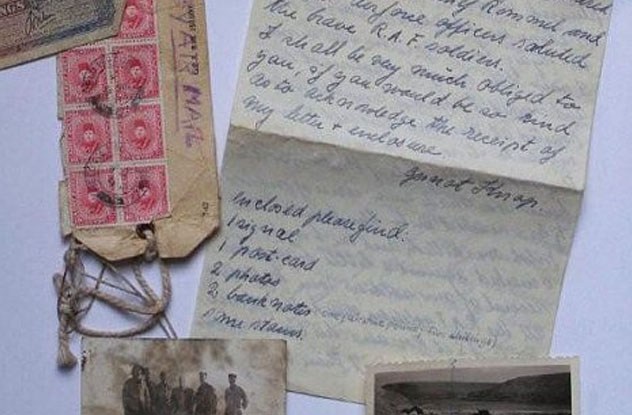
In 1946, one of his engineers wrote a touching letter to the fiancé of an English pilot to reveal that her beloved was gloriously sacrificed in their hands in a the battle in 1941. The engineer Gernot Knopp, wrote to Dorothy Bird about the situation in which her fiancée William Ross bravely drove an airplane into the enemy's heavy aircraft guns in one run attacked his refueling ship in eastern Libya.
Although Ross died while on duty, the Germans admired his courage and buried him with a formal rite of military service. Knopp not only sent letters but also Ross's personal belongings and a photo of his final resting place.
Although Bird knew about Ross's death, the details of his fiancé's last moment made her much less painful.
9. The fight with snowballs at Confederates camp
Snow-loaded trucks can turn most veteran veterans into 10-year-old giddy boys. Taking advantage of two heavy snowfall, Confederates camp at Rappahannock Academy in the suburbs of Fredericksburg, Virginia held a snow fight among veterans in February 1863.

The war began when North Carolina under General Hoke's command was located next to Georgian camps that fired snowballs at the opponent. At this point, almost every soldier at the Confederate camp (10,000 people) fought with joy, tried to fight back Georgians and forced the attackers to retreat.
Later, the soldiers of Colonel Stiles under Georgians were forced to march into the North Carolina camp to prepare a counterattack. Unfortunately for them, North Carolina prepared a lot of snowballs and poured down like rain without mercy on their opponents. Finally, North Carolina won the battle but allowed the Georgians to return to the camp with tolerance.
10. The prisoner has forgiven someone who uses his torment
It is no surprise if Eric Lomax hates Takashi Nagase for a lifetime. This British officer was arrested in Singapore in 1942 during World War II, then sent to exile and worked in Burma - the remote Siam railway. During his time as a prisoner of war, Lomax had to endure the brutal torture of Japanese guards, especially when they caught him along with a temporary radio station and a copy. map.
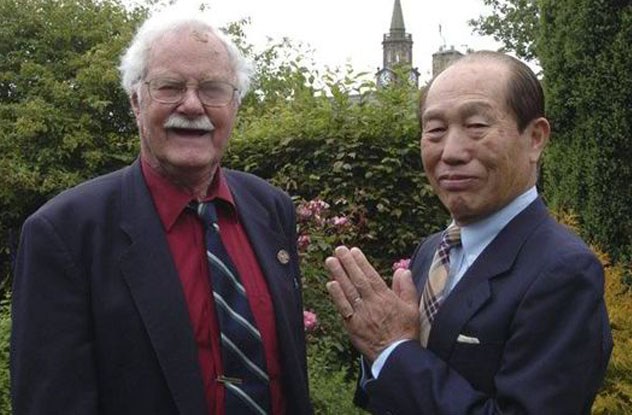
Nagase always lived in Lomax's mind - although interpreters had never read it, the fear of death during the torture haunted him for decades after the war. In fact, Lomax had planned to kill Nagase when they met again in Thailand in 1989. But no, a really emotional moment took place, Lomax forgave Nagase's regret and suddenly received out, just like him - that man had suffered a lot of suffering in the war.
After the war ended, Nagase became a Buddhist, assisting Allies in the search for the remains of people who sacrificed and did anything so that he could redeem his crimes. He also built Buddhist temples, sponsored schools in Thailand and became a fierce critic of the Japanese army and the royal family.
For Eric Lomax, forgiving his torturer greatly relieved him. As he shared, "Sometimes, you must throw hatred and not let it exist."
You should read it
- Read this article when you need motivation to live and work
- Happiness comes from small joys every day
- A story, a letter and a meaningful gift for those who are losing motivation
- Understanding the meaning of these 7 words, we will live very happily
- 12 days of practice to love yourself more
- 25 valuable lessons about life from famous movies
- 10 things that many people 10 years later will regret
- I choose happiness, and what do you choose?
- PERMA rules and know-how to have a full life
- 18 signs that you are complicated by life
- 10 typical habits of the happiest people in the world
- 40 immutable lessons to live happily in the midst of life
May be interested

What to do after losing a job?

Harvard psychologist: 2 criteria people use to evaluate you in the first meeting

7 very small things that make people judge you

Disney animation and 23 meaningful lessons about life

7 blogging tips in English for professional Blogger

Being 'promoted' but the salary and title have not changed, is the boss joking?






 20 inspirational quotes from the most famous women in the world
20 inspirational quotes from the most famous women in the world New stickers on Instagram allow asking to participate in live chat in Stories
New stickers on Instagram allow asking to participate in live chat in Stories 6 meaningful stories about life you should read once in your life
6 meaningful stories about life you should read once in your life 10 visual tricks make your Instagram Stories stand out
10 visual tricks make your Instagram Stories stand out How to tell stories with Stories on Instagram
How to tell stories with Stories on Instagram 21 inspirational quotes from Lizzie Velasquez 'the ugliest girl in the world' and evidence for a true beauty
21 inspirational quotes from Lizzie Velasquez 'the ugliest girl in the world' and evidence for a true beauty